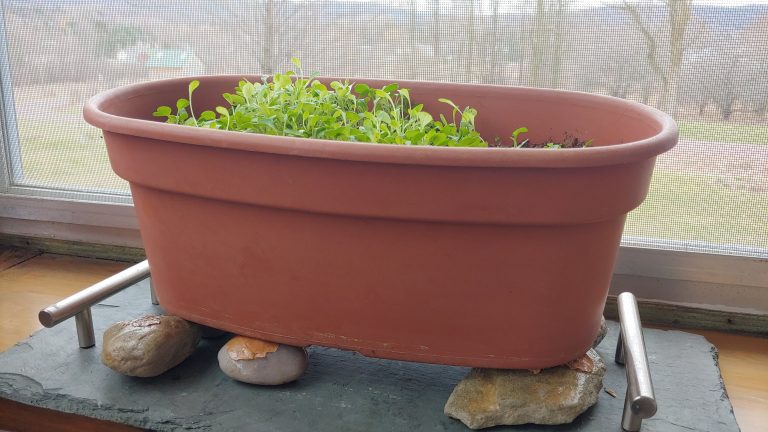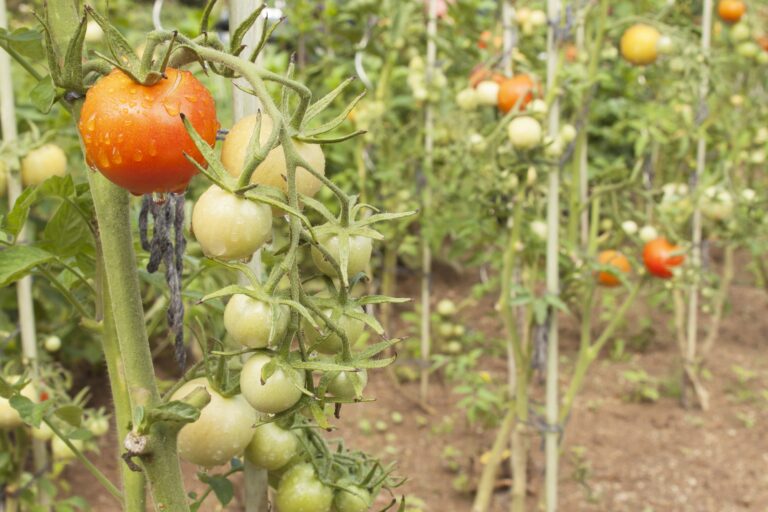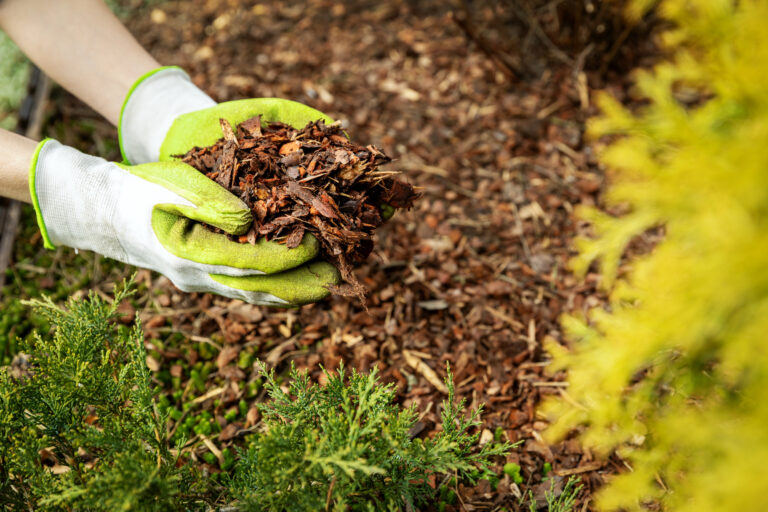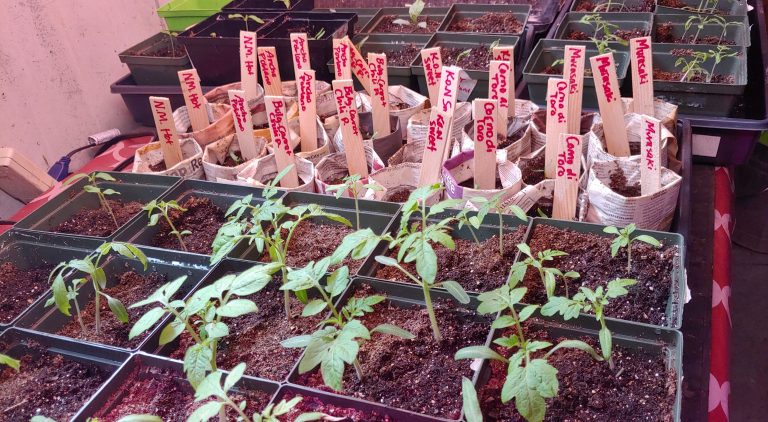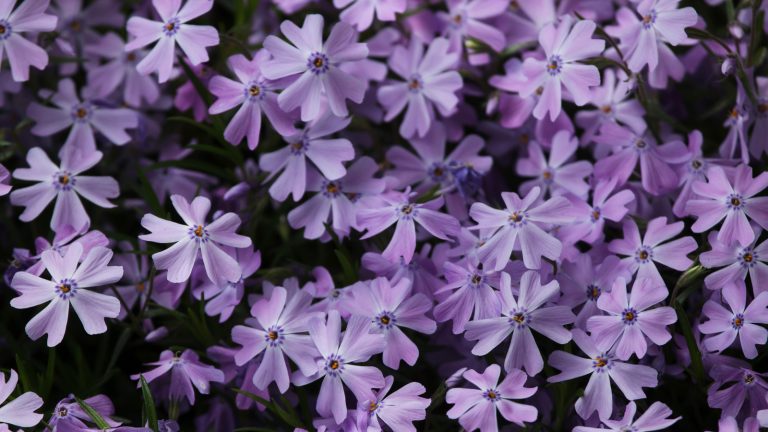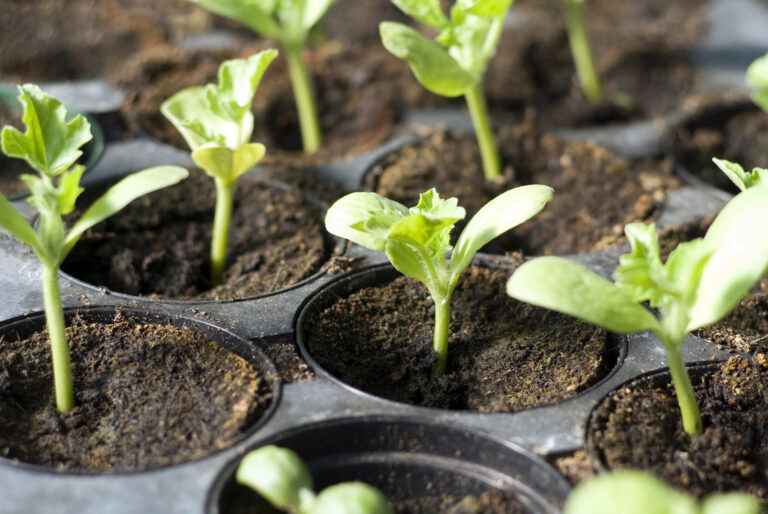This post may contain affiliate links.
Adding pink plants to your garden does more than just brighten it up; they bring energy and a dynamic beauty that changes with each season. These plants go beyond temporary decorations to transform your garden into a constantly evolving canvas of colors.
Pink flowers are special because they add a gentle, romantic feel to your garden. With many varieties of pink plants, each bringing its unique story and aesthetic, these flowers will become your new favorites.
Here are 20 pink plants with stunning visual appeal and the ability to effortlessly adapt to gardens, making your green space the missing piece you’ve always dreamed of.
Hydrangea

Hydrangeas are famous for their large, colorful blooms and demand attention from summer into fall. They thrive in zones 5-9, favoring part shade and moist, well-drained soil. Their flowers, available in blue, pink, white, and purple hues, require regular watering.
Butterfly Bush (Buddleja Davidii)

True to its name, this bush attracts butterflies with fragrant flowers from summer to fall. It prospers in full sun and well-drained soil, reaching up to 10 feet tall in zones 5-9.
Coneflower

Also known as Echinacea, Coneflower boasts nectar-rich blooms that attract bees. With its large, daisy-like flowers in shades of pink, purple, and white, deer tend to stay away from this plant. This resilient plant thrives in the sun and requires minimal care, making it perfect for low-maintenance gardens.
Zinnias

Zinnias are a butterfly favorite, with their wide range of colors and easy-to-grow nature. They bloom all summer long, giving butterflies a constant source of nectar.
Roses

Shrub roses bloom from late spring until the first hard freeze. They are hardy and disease-resistant. They offer a variety of colors and fragrances and thrive in full sun across zones 5-8. They’re perfect for adding long-lasting color to any garden spot.
Lilac

Famous for their fragrant and colorful clusters of flowers in spring, lilacs need full sun and well-drained soil. Annual pruning helps them thrive and bloom abundantly year after year.
Camellias
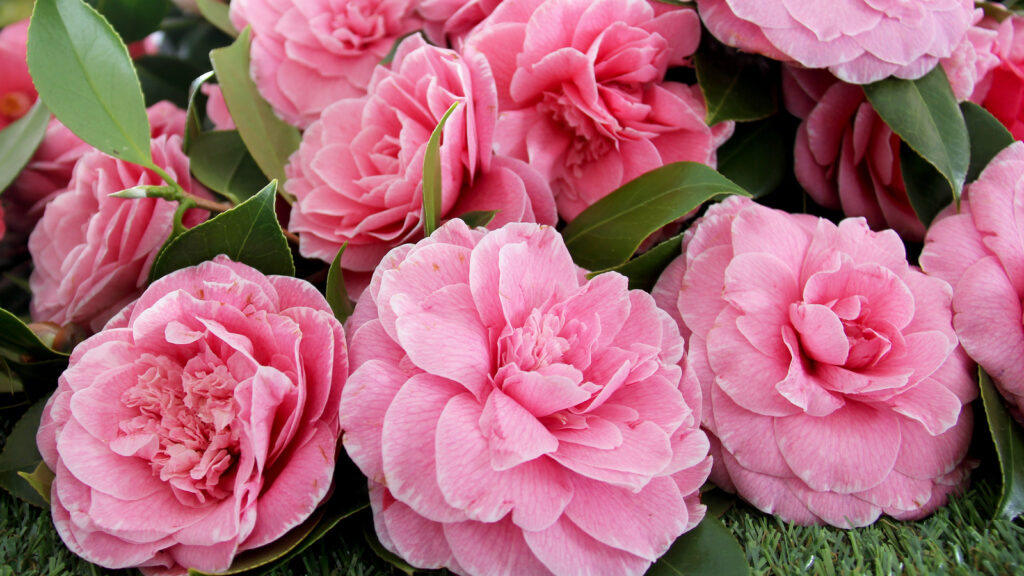
These evergreens shine in the cooler months, offering glossy leaves and rose-like flowers. They prefer partial shade and acidic soil, making them a stunning choice for fall and winter colors.
Azaleas

Azaleas dazzle with spring blooms in vivid shades, some varieties offering foliage that lasts all year. They enjoy slightly acidic, well-drained soil and can brighten both sunny and partially shaded spots.
Hybrid Astilbe

Hybrid Astilbe lights up the shade with its feathery plumes of flowers in shades of pink, red, and white. Its fern-like foliage remains attractive throughout the season. Zones 4-9
Peony

Peonies are popular perennials with big, fragrant pink, red, white, and yellow flowers. They have glossy green leaves and bloom from late spring to early summer. Peonies are generally considered deer-resistant. Peonies require rich soil with good drainage. Zones 3-8
Foxglove
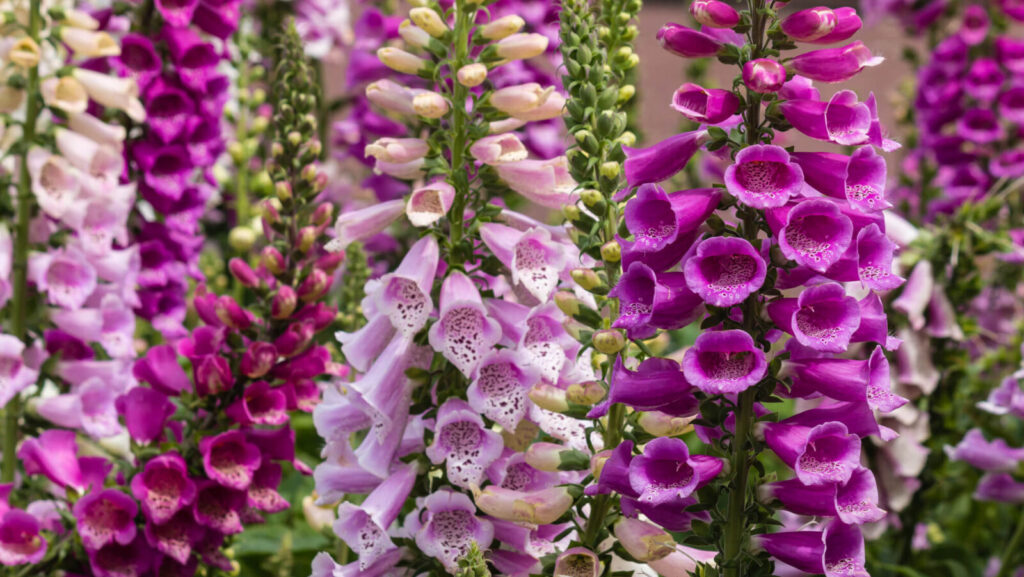
Foxglove has tall spikes of bell-shaped flowers, perfect for adding height to shaded gardens. Blooms late spring to early summer. Zones 4-10
Lungwort (Pulmonaria)

Lungwort is a deer-resistant, shade-loving perennial that blooms in early spring. Its flowers shift from pink to blue as they mature. The plant’s textured, hairy leaves deter deer, making it ideal for enhancing shady areas of the garden with minimal risk of deer damage.
Penstemon

Penstemon is deer-resistant and known for its colorful, tubular flowers that attract bees and hummingbirds. Its unappealing taste and texture to deer make it an excellent choice for gardens seeking beauty and wildlife attraction without the deer problem. Zones 3-9
Hardy Begonia

Hardy Begonia features beautiful, heart-shaped leaves and delicate flowers. It’s a resilient choice for adding a splash of color to the shaded parts of the garden. This plant does best in partial to heavy shade in rich, moist, well-drained soil. Zones 6-9
Turtlehead

Named for its unique flower shape, which resembles a turtle’s head, Turtlehead thrives in moist, shaded areas, providing late-season color with its pink or white blooms. This plant pairs nicely with small shrubs. Zone 3-8
Bleeding Heart

Known for its heart-shaped flowers on arching stems, Bleeding Heart is a beautiful addition to shady spots. This plant requires rich garden soil that doesn’t dry out but drains well. It is the longest blooming of all the perennials and grows up to 15 inches. Zones 3-9
Weigela (Weigela Florida)

Weigela’s funnel-shaped flowers in shades of pink, red, or white bloom in late spring. Preferring full sun, this shrub rewards with a second bloom if pruned right after the first flush of flowers. It is also known for attracting pollinators.
Sweet Pea

Known for their potent fragrance, heirloom varieties like Cupani are especially aromatic, making them a delightful addition to any garden.
Phlox

Known for its clusters of flowers and ability to attract pollinators with its nectar. This sweet-smelling flower is a must-have in any garden.
Geranium

Geraniums are known for their beauty and for attracting butterflies. These plants bloom profusely and can be grown in pots or garden beds, offering flexibility in designing your butterfly garden.
Milkweed

Milkweed is essential for monarch butterflies, serving as a nursery and food source for their larvae. The plant’s flowers also offer nectar to adult butterflies, making it an essential component of a butterfly-friendly garden.
14 Orange Flowers That Will Make Your Garden Pop

If you’re looking for ideas on which orange flowers to plant, check out a list of 14 varieties that will brighten your garden.
14 Eye Catching Orange Flowers That Will Make Your Garden Pop
Plants to Grow Now for a Mosquito-Free Summer

Here are some of the best plants you can grow in your yard to help keep the mosquitoes at bay.
12 Plants to Grow Now for a Mosquito-Free Summer
How to Start a Herb Garden from Scratch

Growing something as simple as our own herbs is a huge step towards sustainability. You can begin the process in a small space in the kitchen or backyard with some of your favorite herbs. Here are some simple but practical steps to get you started on your own herb garden.
